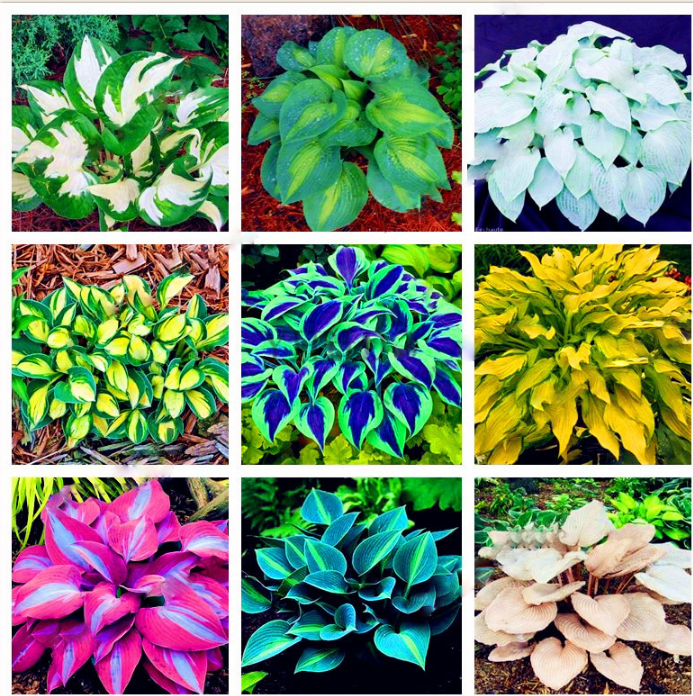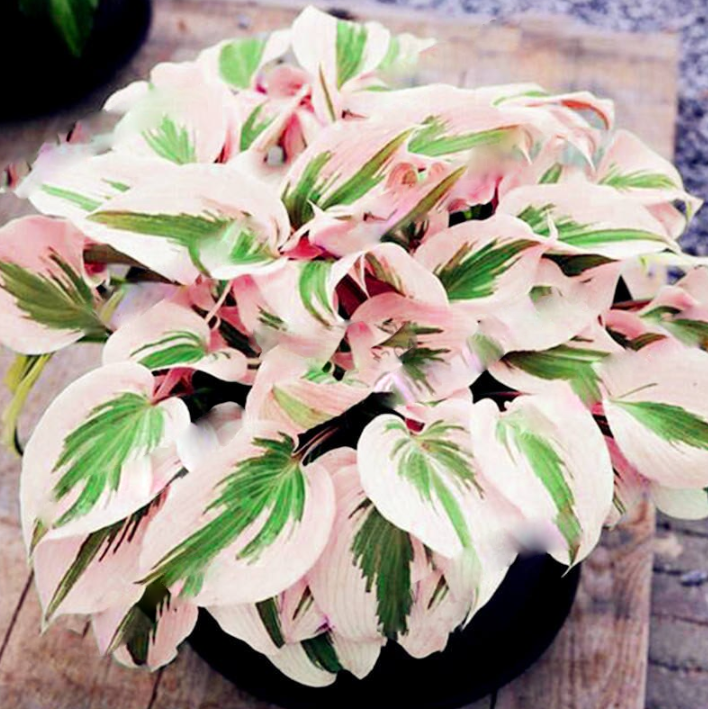200pcs Rare Hosta Flower Seeds Plantain Lily August Bloom Easy To Grow Perfect For Home Garden
Introducing our 200pcs Rare Hosta Flower Seeds, the perfect addition to your home garden. These small, usually black seeds are the beginning of the stunning Hosta plants, renowned for their attractive foliage and commonly used in landscaping. They are also known as the Plantain Lily, due to their resemblance to the beautiful lily flower.
The hosta plantaginea Aschers, as they are known in Latin, are easy to grow and add a unique touch to your garden, creating a serene and beautiful atmosphere. They are perfect for both container gardening and cut flower arrangements due to their versatility and beauty. The grown plant size varies by species, usually between 6-36 inches tall and wide, adding a natural aesthetic to your space without becoming overwhelming.
Plant them in well-draining, fertile soil during the spring or fall for best results. They prefer partial to full shade, depending on the species, and require consistent watering, without being waterlogged. With a generous germination rate of 70-90%, these seeds will typically sprout in 2-3 weeks, making them a rewarding addition to your garden.
Our Hosta seeds offer additional benefits such as deer resistance and a low susceptibility to pests or diseases, making them a low maintenance, yet high reward choice for your garden. They are also hardy plants, suitable for zones 3-9.
Grow your own Hosta plants with our 200pcs Rare Hosta Flower Seeds and enjoy the beauty of nature right in your backyard. They are more than just plants; they are a gift of nature that adds value and beauty to your home.
Features and Benefits:
- Comes in a pack of 200pcs high-quality Rare Hosta Flower Seeds, offering you a generous quantity for a lush and vibrant garden.
- Easy to grow and maintain, making them perfect for both beginner and experienced gardeners.
- Known for their striking foliage and resemblance to lilies, adding an elegant and unique touch to your garden.
- Offers a high germination rate of 70-90%, typically sprouting in just 2-3 weeks for a rewarding gardening experience.
- Thrives in well-draining, fertile soil and prefers partial to full shade, providing flexibility in your garden planning.
- Features a mature size varying by species, generally between 15.24-91.44 cm/6-36 inches tall and wide, providing a natural aesthetic without overwhelming your space.
- Resistant to deer and has a low susceptibility to pests or diseases, ensuring your garden remains healthy and vibrant.
- Suitable for a wide range of climates, hardy in zones 3-9, making them a versatile addition to your gardening endeavors.
- Perfect for both container gardening and cut flower arrangements, offering versatility in their use.
- Offers additional benefits like contributing to a serene and beautiful atmosphere in your home or garden.
- Provides an opportunity to engage with nature and enjoy the beauty of growing your own plants right in your backyard.





















